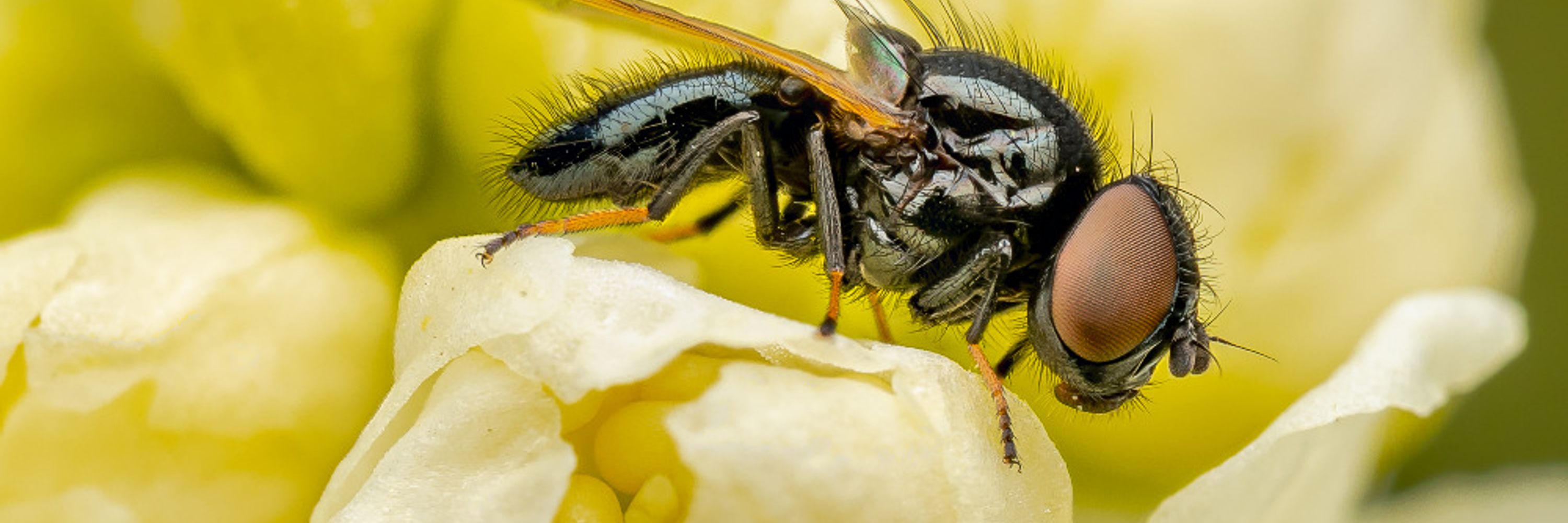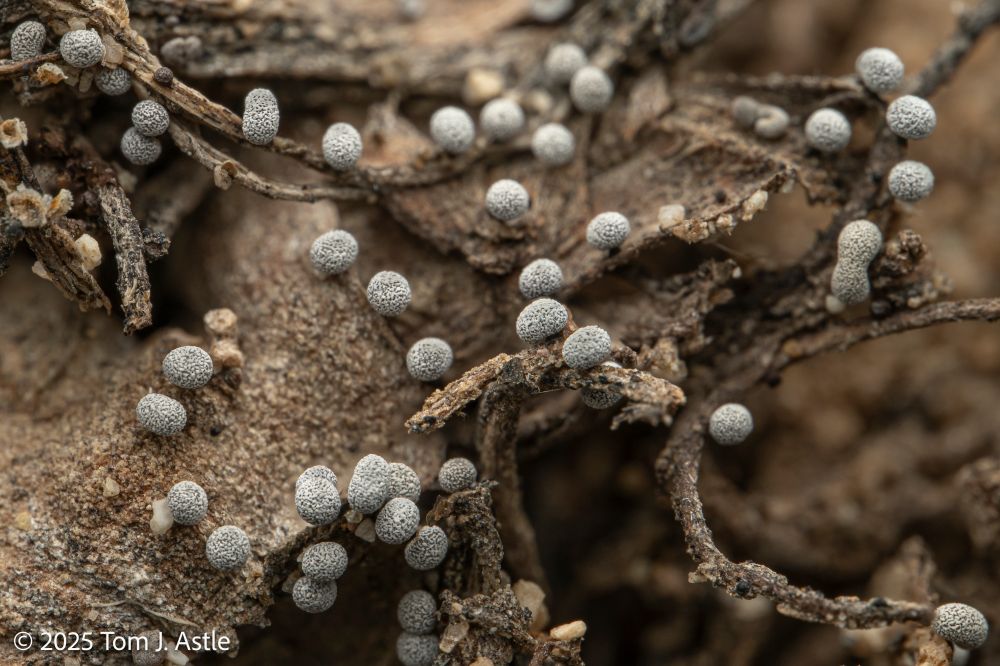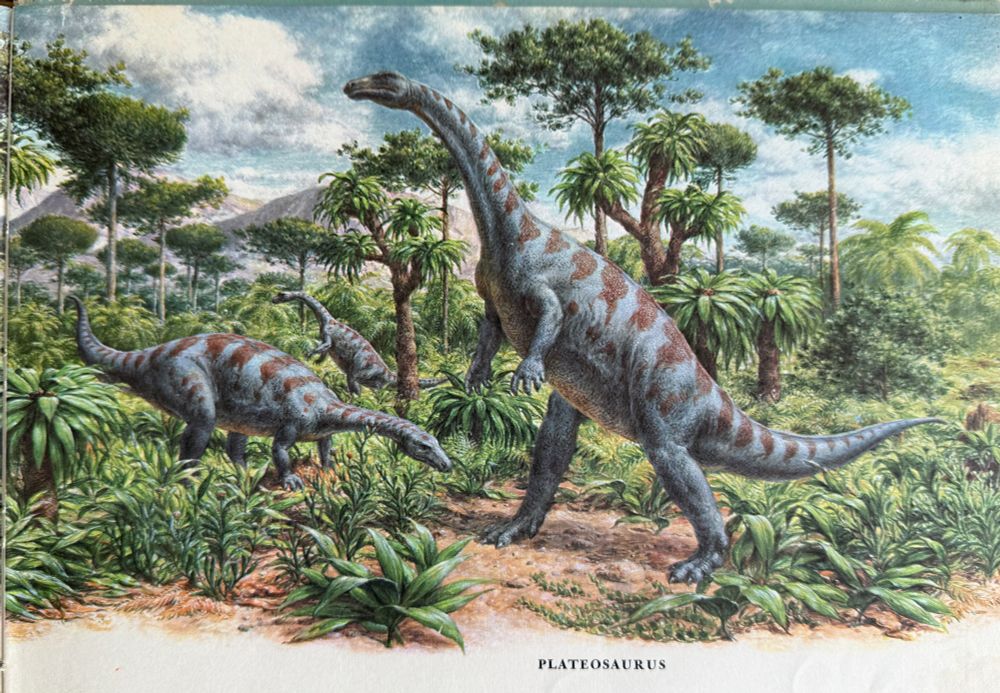Tom Astle
@tjalamont.bsky.social
31K followers
1.9K following
2.2K posts
Writer & nature photographer, especially macro photography of arthropods. Desert Tortoise conservation advocate. Fan of California, Montana, the rest of the planet. Photo website: https://www.tomastlephotography.com/
Posts
Media
Videos
Starter Packs
Reposted by Tom Astle
Reposted by Tom Astle





















